|
Colleagues, MVP: Small consistent change makes things better. Use principles of leverage to make change easier. Note: This week’s messages are about leading in highly stressed organizations. I will be breaking my 300-word limit this week. Don’t feel compelled to read this week’s messages if they don’t apply to you. Look at the MVP and decide, and don’t feel guilty for not reading. Priorities, right? One of the change processes I teach is the four principles of leverage. The concept is modeled after the phenomena in physics in which we can decrease the amount of effort (force) needed to move a load using a lever and a fulcrum. Some details:
In any organization, the easier we can make change, the more likely it is for that change to take place. In the organization experiencing extreme turbulence, people’s capacities for giving more effort is so diminished that change must occur in very small increments which require small amounts of effort. To bring change in challenging circumstance, we need to:
Doing each of these decreases the amount of effort required. It also means the change will occur more quickly. A small yet immediate positive change is worth far more than a delayed big change. By creating a series of small changes that gradually improve the situation, we can slowly begin to make progress. An added bonus is that a series of small changes has an outsized effect on culture as it creates a sense of progress and a belief that the situation can improve. In summary, if you are leading an organization experiencing severe or extreme turbulence:
One other thing – just because your organization isn’t experiencing extreme turbulence doesn’t mean there aren’t people within your organization who are experiencing extreme turbulence. This roadmap for helping your organization can also work when helping an individual. Today’s intention: There was a lot here this week. Think about what resonated with you, what felt real, and what didn’t. Identify one idea you can take and apply to your own leadership. Bonus points if you share it with me; I would love to hear from you what you thought the most valuable thing was this week.
Cheers, Frederick --- PS: If you are a school or teacher-leader interested in helping teachers excel at developing strong classroom cultures, check out my free course on the Foundations of Classroom Culture. You will find a systematic integrated approach to building relationships, managing the classroom, and responding to safety events. Give yourself about five minutes to log into the course as there is a brief on-boarding process. There are five video lessons, each about 12 minutes long.
0 Comments
Colleagues, MVP: We can grow people and we can create support by improving the organization. Note: This week’s messages are about leading in highly stressed organizations. I will be breaking my 300-word limit this week. Don’t feel compelled to read this week’s messages if they don’t apply to you. Look at the MVP and decide, and don’t feel guilty for not reading. Priorities, right? We are now in stage three of managing chaos. One of the primary roles of leadership is to help people be able to do their jobs better. We do this in two ways:
Growth is focused on the person, while support is focused on the system. As we take care of ourselves and are better able to be present, we will gain insight from others as to where the biggest friction points are. Using the principles of leverage (see tomorrow), we can chip away at the friction. Again, we aren’t going to make everything great, but we can ease the pain, which should lead to a situation that is more sustainable (from extreme down to severe turbulence). We can grow people by:
We can support people by:
Tomorrow we’ll look at a framework for how to lead change in an organization whose extreme turbulence can make change catastrophic. Today’s intention: Growth is about people, support is about systems. If you could learn one thing to improve your own situation, what would it be? If you could make one change in the purpose, structures, or resources in your organization, what would it be?
Cheers, Frederick --- PS: If you are a school or teacher-leader interested in helping teachers excel at developing strong classroom cultures, check out my free course on the Foundations of Classroom Culture. You will find a systematic integrated approach to building relationships, managing the classroom, and responding to safety events. Give yourself about five minutes to log into the course as there is a brief on-boarding process. There are five video lessons, each about 12 minutes long. Colleagues,
MVP: When times are bad, you need to double down on taking care of yourself. It is the first step to taking care of others. Note: This week’s messages are about leading in highly stressed organizations. I will be breaking my 300-word limit this week. Don’t feel compelled to read this week’s messages if they don’t apply to you. Look at the MVP and decide, and don’t feel guilty for not reading. Priorities, right? We’ve used two models to establish that an organization I’m working with is experiencing extreme turbulence due to misalignment in multiple organizational dimensions. Once everyone in the organization understands and can describe the situation in common language, we can begin to do something about it. Remember, our goal is to make things “suck less” not to fix stuff. Four things we can do: First, we need to take care of ourselves. Earlier this year I discussed four essentials:
In the midst of chaos, all of those things become more difficult, and the less we do them, the less resilience we have and the less able we are to begin each day in our best condition. If we aren’t at our best and aren’t able to bring our A game, how can we lead an organization out of the hardest of circumstances? Second, by understanding the situation, we should be able to help leaders stop judging the people they lead in negative terms. When things are bad, virtually nobody is going to be bringing their A game (including you if you don’t invest in self-care 😉), and some people may struggle to bring even their C game. Under stress, it can be natural for leaders to focus on people who are underperforming and put pressure on them to improve, but this is counterproductive as people are already under extreme pressure. Adding more just makes it worse. Third, when we stop judging, we can begin to focus on understanding, and when we understand, we can begin to make incremental improvements. Fourth, when we bring our A game, we can bring our calm and our presence. We can be still and present with others, and create a calming effect on the situation. This is the step which moves us from reacting to responding. Presence also allows us to be better listeners and, in the listening, we will begin to find opportunities to make baby steps towards alignment. Today’s intention: Think about the relationship between self-care and being able to be calm and fully present for others. Cheers! Frederick --- PS: If you are a school or teacher-leader interested in helping teachers excel at developing strong classroom cultures, check out my free course on the Foundations of Classroom Culture. You will find a systematic integrated approach to building relationships, managing the classroom, and responding to safety events. Give yourself about five minutes to log into the course as there is a brief on-boarding process. There are five video lessons, each about 12 minutes long. Colleagues, MVP: Understanding extreme turbulence is the first step to doing something about it.
This matters for several reasons:
One other thing: I have seen leaders react to extreme turbulence by introducing a big change. It may be true that, at some point, a big change is necessary, but during extreme turbulence is not the time! As I said yesterday, change in the midst of extreme turbulence should not be focused on fixing things, but merely on making things “suck less.” Tomorrow, we look at the steps leaders can take immediately in the midst of chaos to improve the situation. Today’s intention: If you were to ask your colleagues what level of turbulence your organization is at, what would they say? Would there be widespread agreement on the level? Would some units differ from others? Cheers! Frederick --- PS: If you are a school or teacher-leader interested in helping teachers excel at developing strong classroom cultures, check out my free course on the Foundations of Classroom Culture. You will find a systematic integrated approach to building relationships, managing the classroom, and responding to safety events. Give yourself about five minutes to log into the course as there is a brief on-boarding process. There are five video lessons, each about 12 minutes long. Colleagues,
MVP: Mis-alignment between people, purpose, structures, and resources creates stress Note: This week’s messages are about leading in highly stressed organizations. I will be breaking my 300-word limit this week. Don’t feel compelled to read this week’s messages if they don’t apply to you. Look at the MVP and decide, and don’t feel guilty for not reading. Priorities, right? Last week I had a conversation with a leader whose organization has undergone dramatic changes. They are understaffed and short on qualified applicants to fill vacancies. The scope of their work has been expanded, and the needs of the people they serve are at an all-time high. And, this organization serves a function in which, if they fail at their mission, people’s lives are at stake. As I begin thinking about how to support this leader, and the remarkable people working in the organization, I’m thinking about some principles to guide my work. I want to share them with you as they are relevant for many leaders at this time. First, we need to understand what’s happening, and there are two frameworks critical to doing this. The six dimensions of organizations describes organizations and leadership through an alignment lens. When the four organizational elements of people, purpose, structures, and resources are aligned, the internal forces (culture) are positive. In contrast, misalignment creates friction and negatively impacts culture. In a worst-case scenario, people don’t have the skills they need, the organization is understaffed, there are rules, requirements, and policies in place which make it harder for people to do their work, and there is a disconnect between what people perceive their mission to be and what messages and policies are suggesting the purpose is. In the situation I’m working on, external forces have increased the amount and intensity of need for the clients the organization serves. Concurrently, funding has been cut and the labor shortage is making it hard to hire qualified people. In sum, there is a high degree of misalignment, creating difficult working conditions and a negative culture. The first step to making things better is to understand what is happening and why it is happening. Understanding the situation through the six dimensions framework allows us to begin untangling the multiple issues so we can tackle small pieces and begin looking at some incremental improvements. More importantly, understanding how and why we are in the situation creates a mindset shift from trying to fix the organization and bring it back to normal, to understanding there is no going back, only going forward. This mindset shift moves us from regret, anger, and fixation to a place where we can begin to look for possibility and opportunity – not to make things glorious, but to make the situation “suck less.” Not my normal daily email, but you read this far and I thank you. Hopefully it has your wheels turning. Bonus: Let me know what movie today’s subject line is from by replying to this email. Yes, there is a prize. Today’s intention: Think about the core idea that mis-alignment creates friction. Listen to people and search for friction in your work today, then work backwards to think about where the misalignment is. Cheers, Frederick --- PS: If you are a school or teacher-leader interested in helping teachers excel at developing strong classroom cultures, check out my free course on the Foundations of Classroom Culture. You will find a systematic integrated approach to building relationships, managing the classroom, and responding to safety events. Give yourself about five minutes to log into the course as there is a brief on-boarding process. There are five video lessons, each about 12 minutes long. |
Categories
All
Archives
May 2024
|
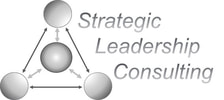
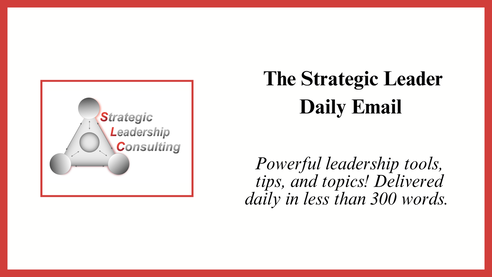
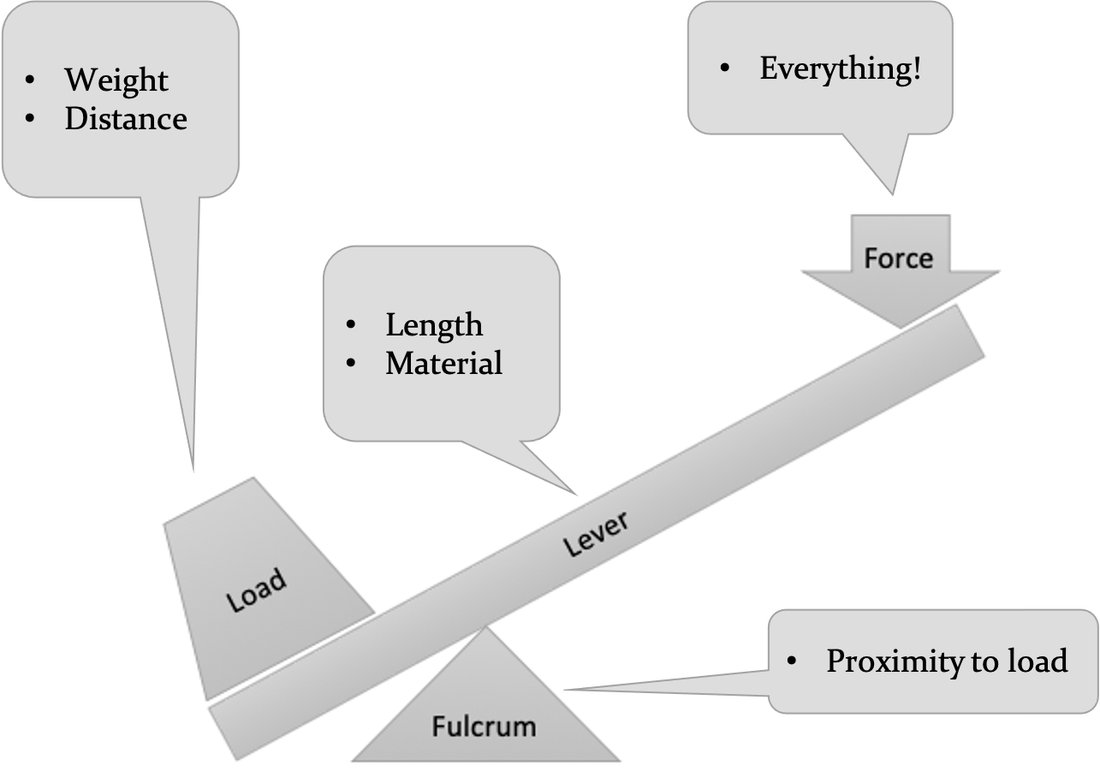
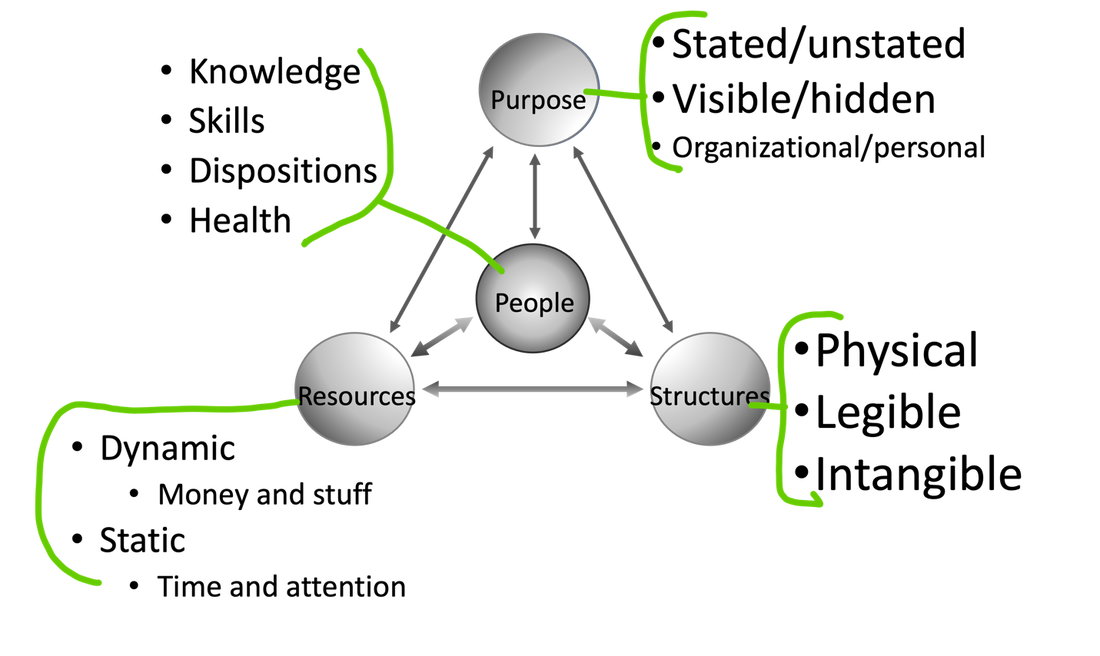
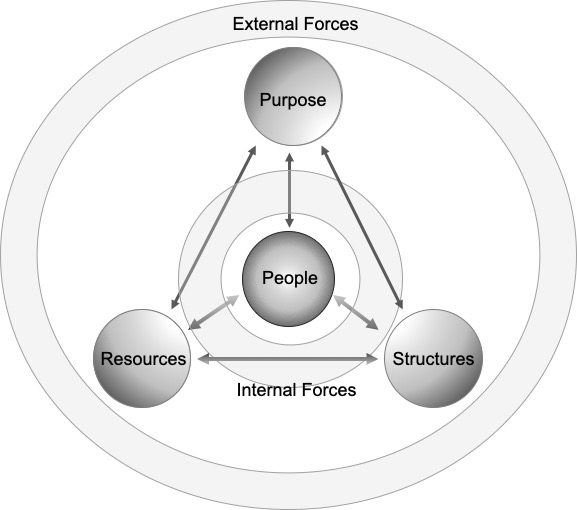
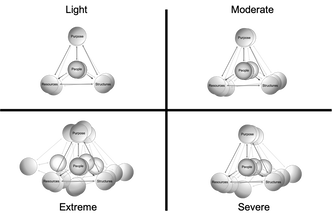
 RSS Feed
RSS Feed